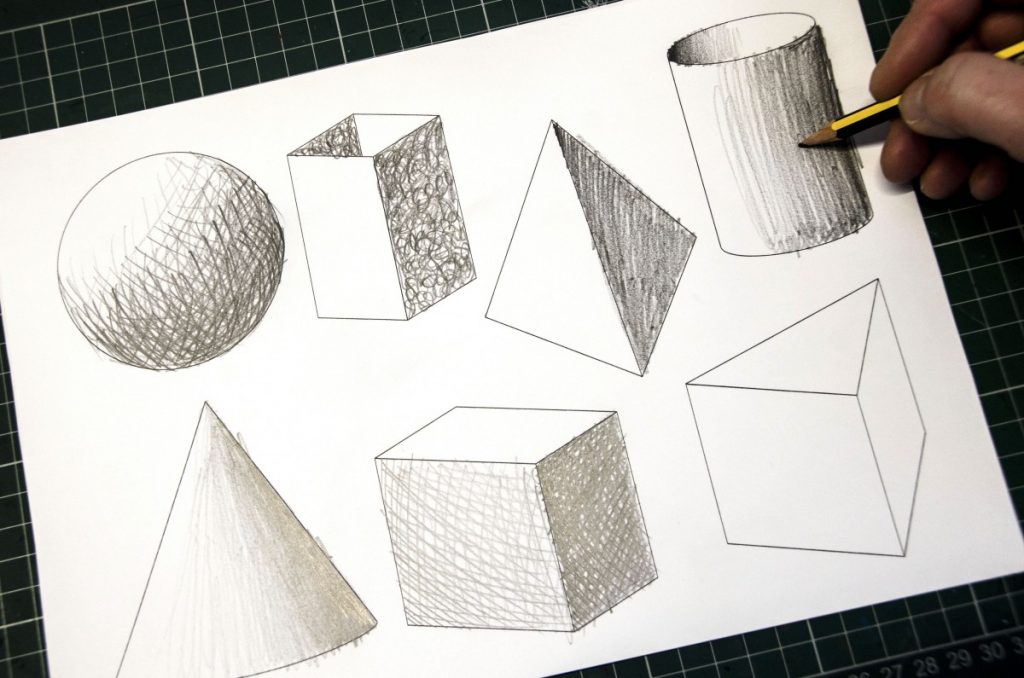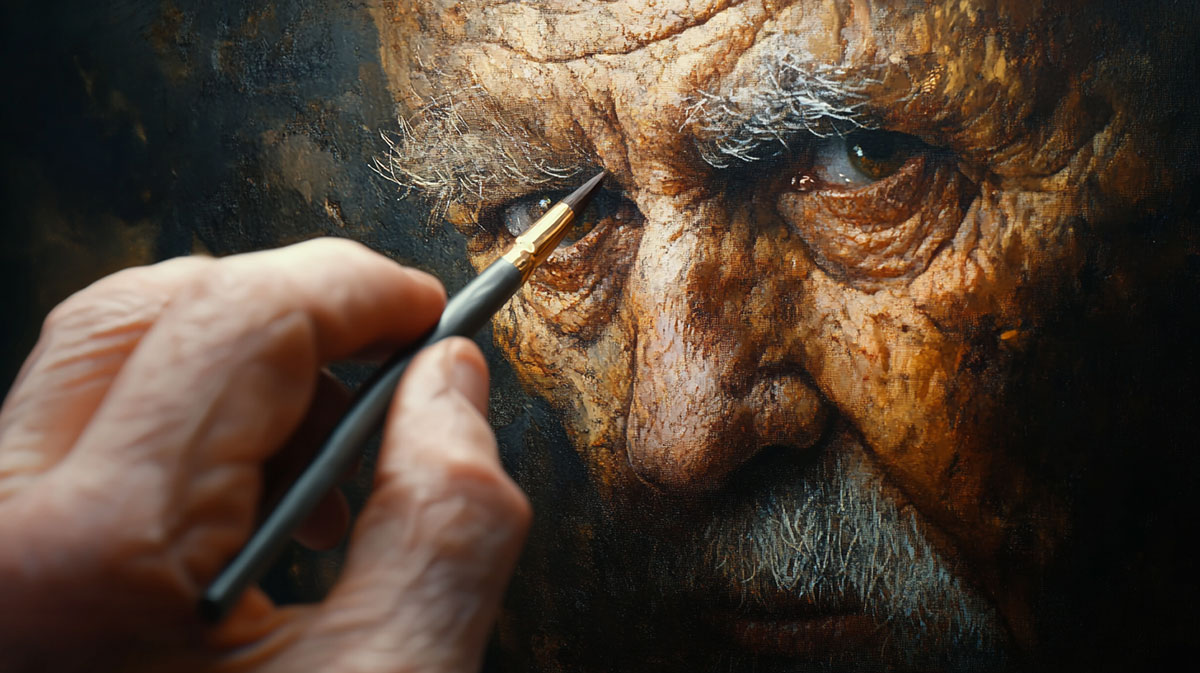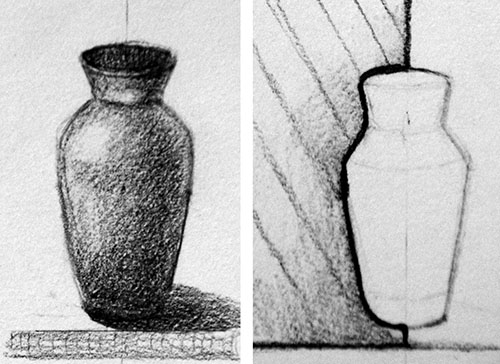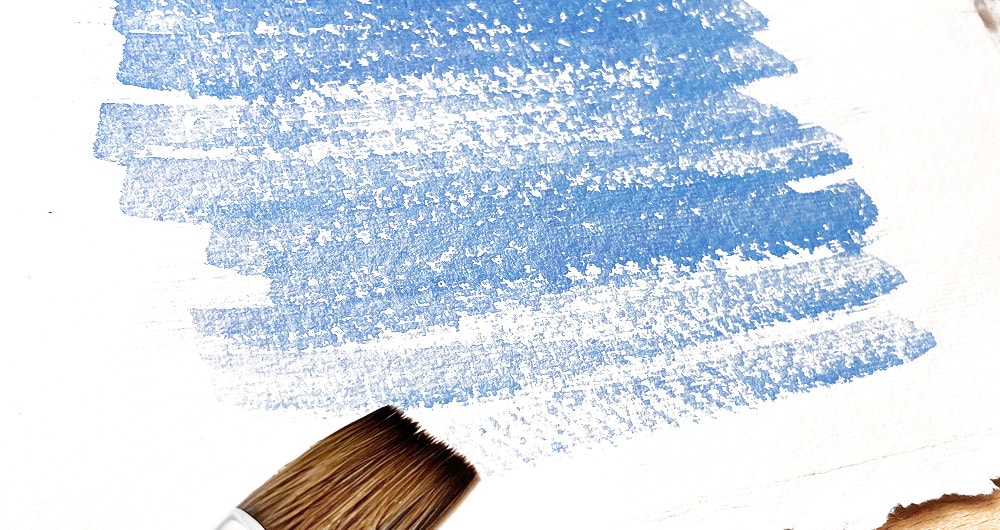scrapfellow.com – Mastering drawing starts with understanding and practicing simple geometric shapes. Circles, squares, triangles, and cylinders form the foundation of all complex drawings. By refining these basic shapes and incorporating shading techniques, artists can create depth, dimension, and realism in their sketches.
Why Geometric Shapes Matter in Drawing
Many everyday objects, animals, and human figures can be broken down into simple geometric forms. For example:
- A sphere can be the base for a head, apple, or planet.
- A cylinder can represent arms, legs, or tree trunks.
- A cube can serve as the base for buildings, furniture, or boxes.
- A cone can be the starting point for mountains or noses.
Understanding how to construct objects from these shapes helps artists improve their accuracy and proportions.
Basic Shading Techniques
Once the shapes are sketched, shading adds realism and a sense of three-dimensionality. Here are fundamental shading techniques every artist should practice:
- Hatching – Drawing parallel lines to create tonal variation.
- Cross-hatching – Overlapping sets of hatching lines to create darker areas.
- Blending – Using fingers, blending stumps, or tissues to soften pencil marks for smooth gradients.
- Stippling – Using tiny dots to create shading effects.
- Contour Shading – Following the natural curves of an object to enhance depth.
Step-by-Step Shading Practice with Geometric Shapes
1. Start with Basic Shapes
Draw a sphere, cube, cylinder, and cone lightly with a pencil. Focus on proper proportions and perspective.
2. Identify the Light Source
Determine where the light is coming from (e.g., top left, top right) to establish shadows and highlights.
3. Apply Light, Midtone, and Dark Areas
- Light areas: Where light directly hits the object.
- Midtones: The natural tone of the object, between light and dark.
- Dark areas (Shadows): Where light is blocked, usually opposite the light source.
- Cast Shadows: The shadow cast by the object on the surface it rests upon.
4. Use a Blending Technique
Apply hatching, cross-hatching, or smooth blending to transition between light and dark areas, making the object appear three-dimensional.
Practice Exercises
- Sketch a sphere and use blending to create a smooth light-to-dark gradient.
- Draw a cube and use cross-hatching to define the different planes.
- Shade a cylinder with a light source from one side to create realistic depth.
- Try combining multiple geometric shapes into a simple composition and apply shading accordingly.
Conclusion
Practicing simple geometric shapes and shading techniques is essential for any artist looking to improve their drawing skills. Mastering these basics provides a strong foundation for sketching more complex subjects with accuracy and depth. By dedicating time to these exercises, artists can build confidence and enhance their ability to create realistic, well-proportioned artwork.





